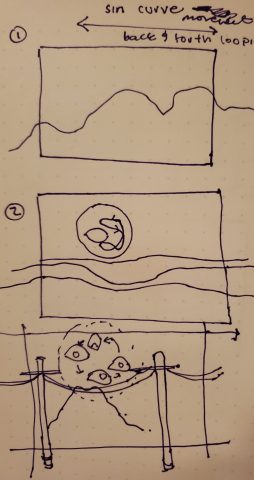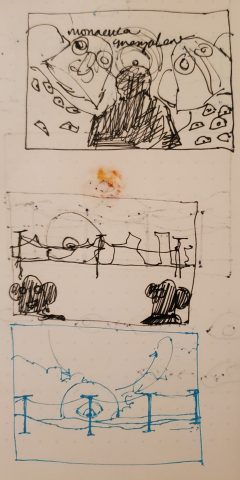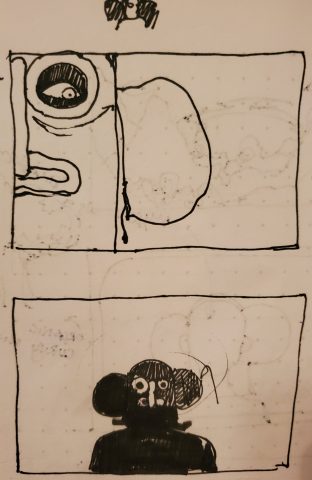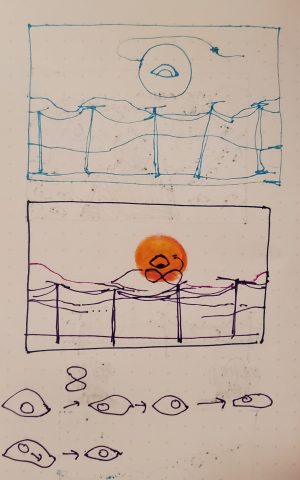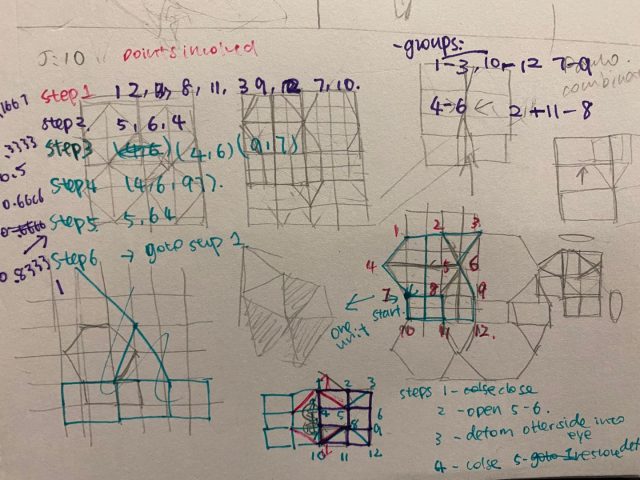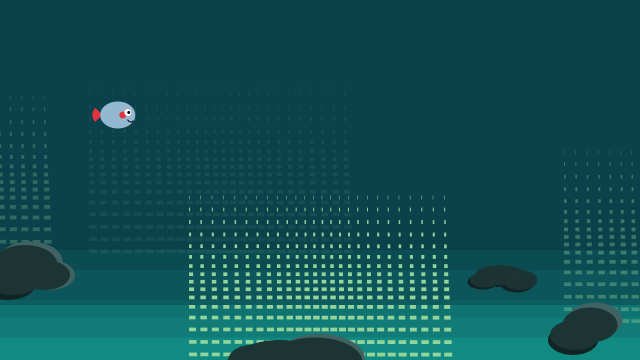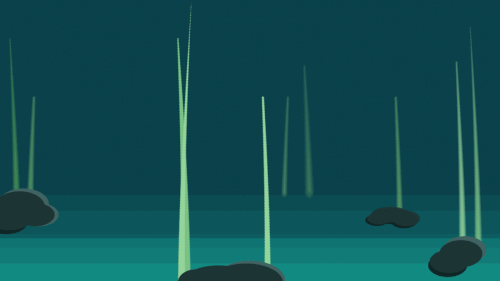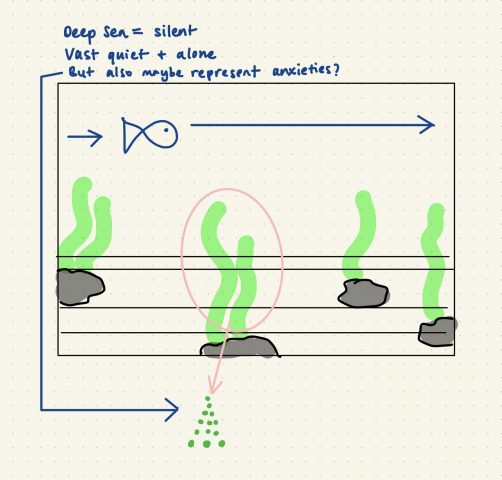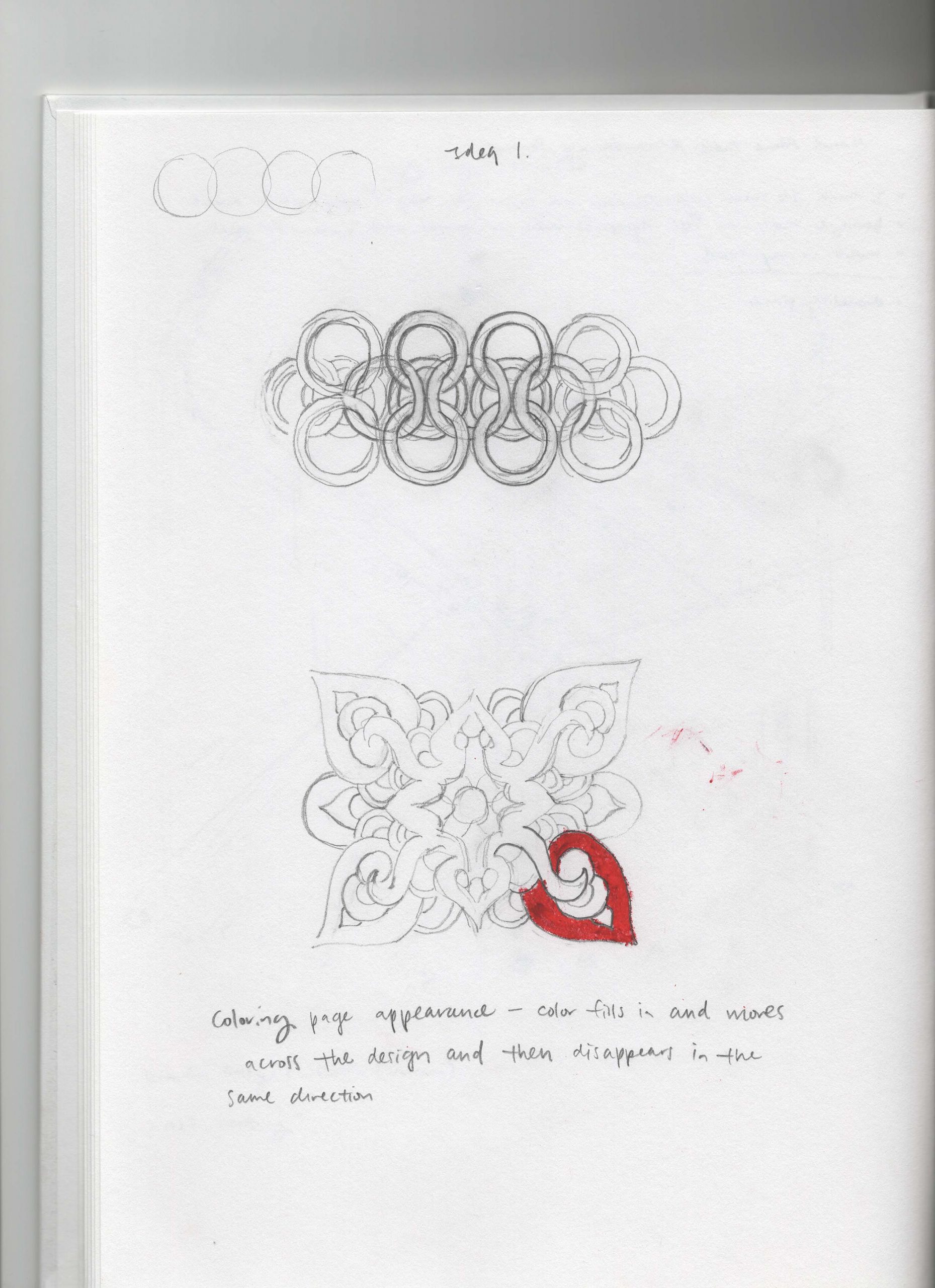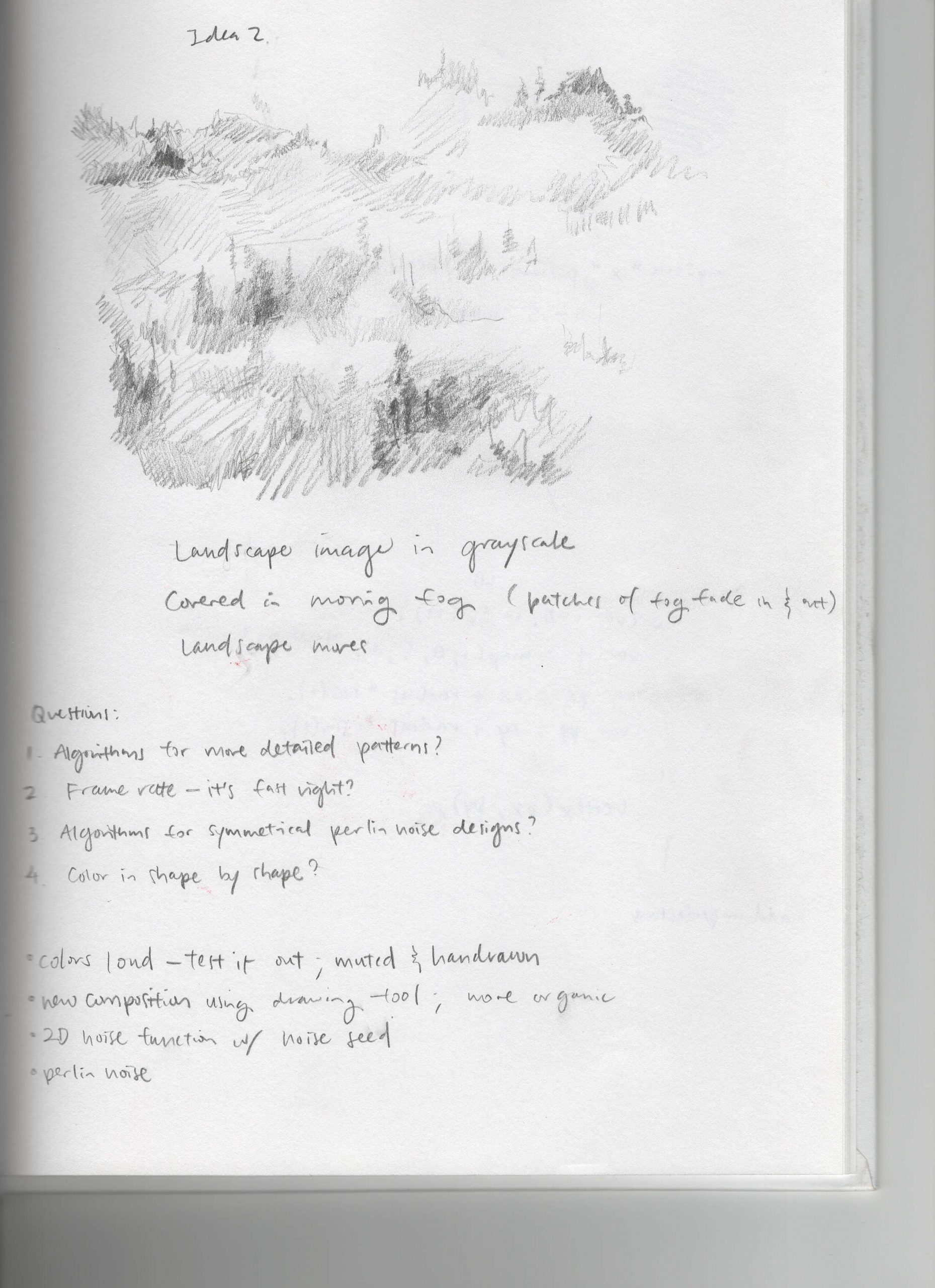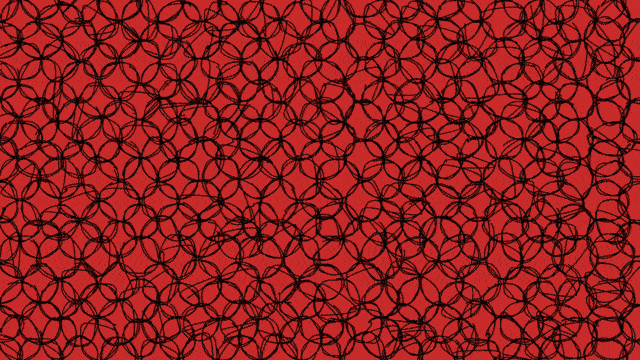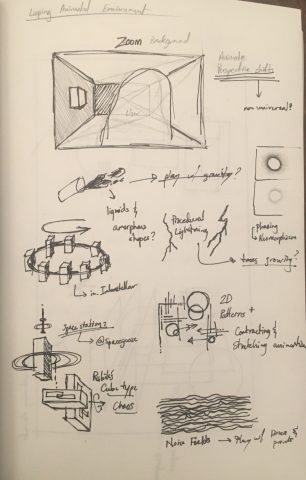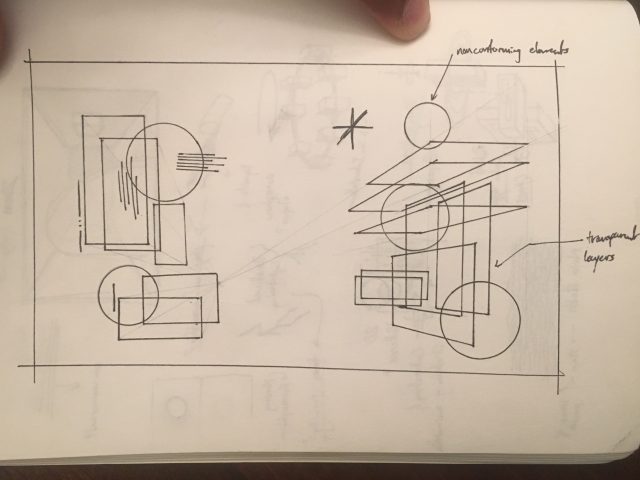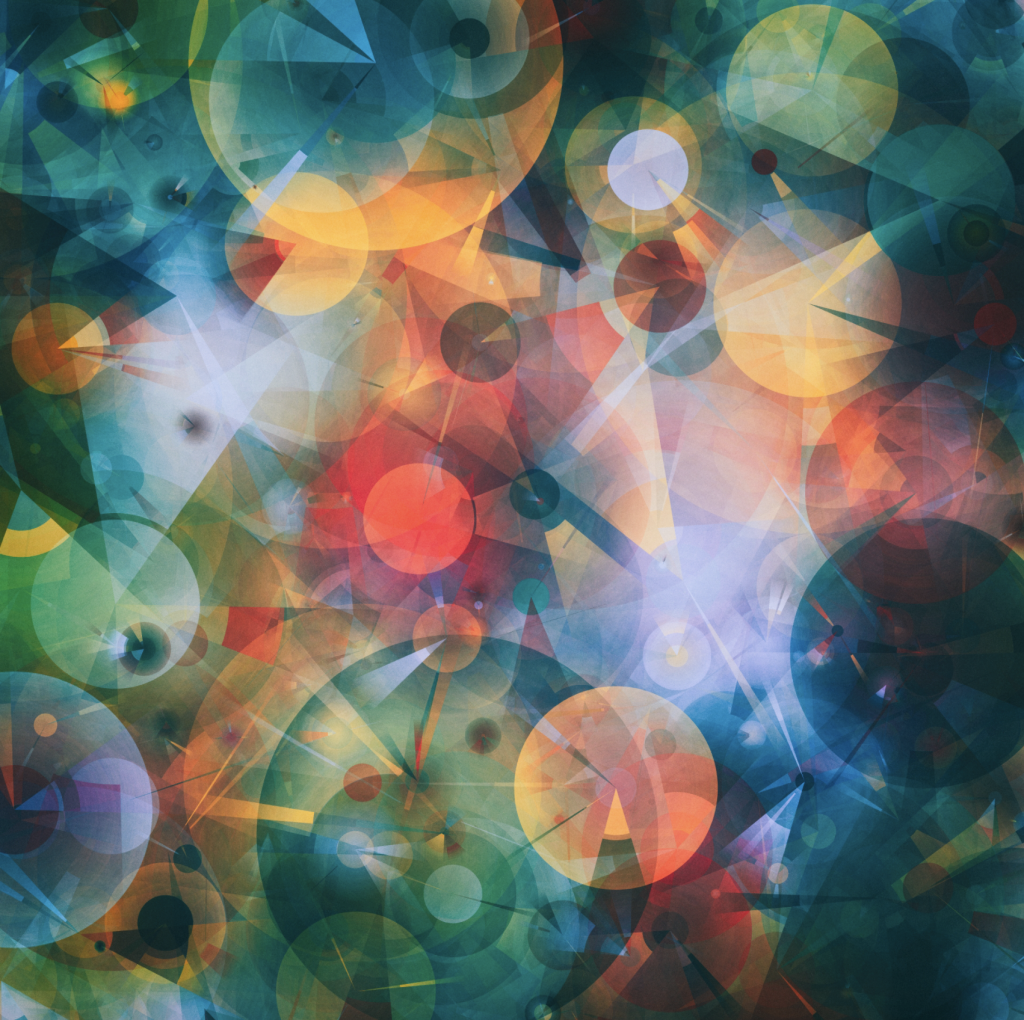
link to the GIF in case the one above breaks!
I had a lot of pain making this, in part because I had issues in trying to figure out what it was that I wanted to make. I went through a lot ideas surrounding type and marimonda masks but I eventually decided in doing something more representational as I approached the prompt. I have been thinking a lot about the internet as a sort of panopticon and the whole bunch of privacy concerns that zoom brings in. So it seemed fitting to do something related to this as the background I’d be wearing on Zoom. In terms of technical elements, I used mainly gradients, blends and and simple trigonometric motion while making my objects loop. In terms of motion specifically, I used Lissajous figures in terms of tracking the movement of the eye and I used the Double-Exponential Sigmoid for the camera movement of the poles! I really liked making the eye specifically, especially since I was able to make it seem like the eye got bigger and smaller by resizing different parts of it. Overall, I really wish I had figured out a better way to shift the mountains (like a motion parallax effect) on the background while maintaining noise and randomness. As it is, the mountains are not moving and are made very simply with noise. My colors are a bit different on my monitor than in other displays so I wish I had taken that into consideration while picking colors.
